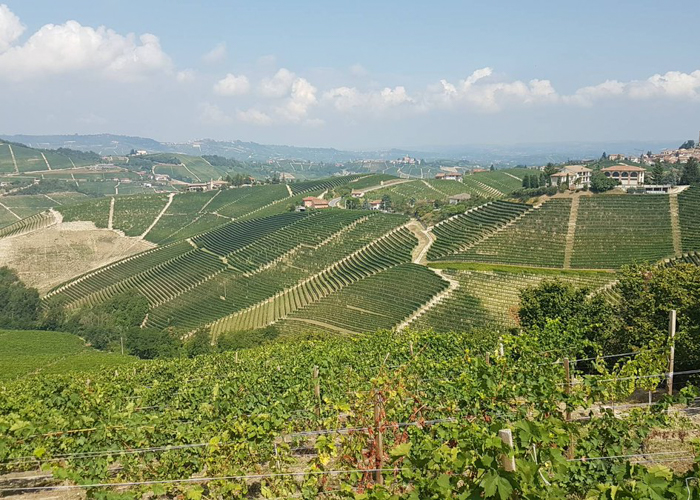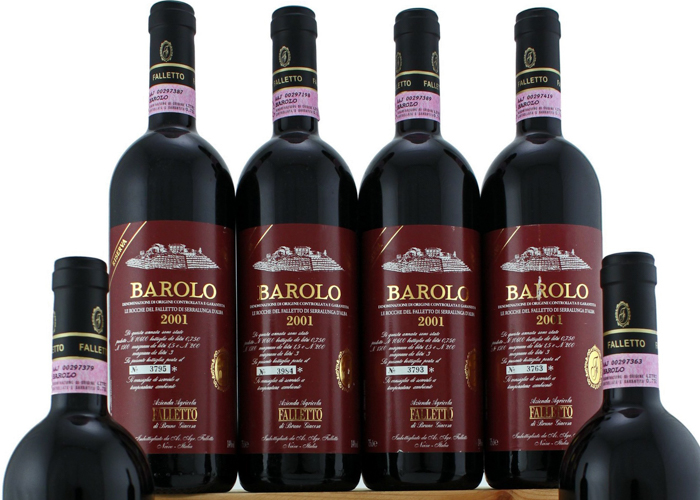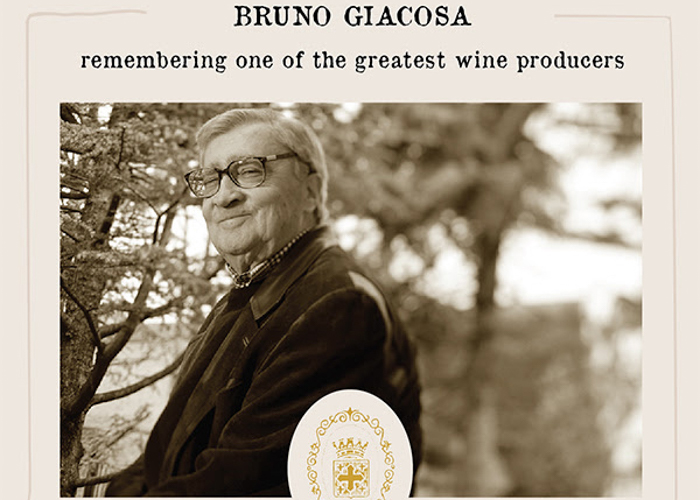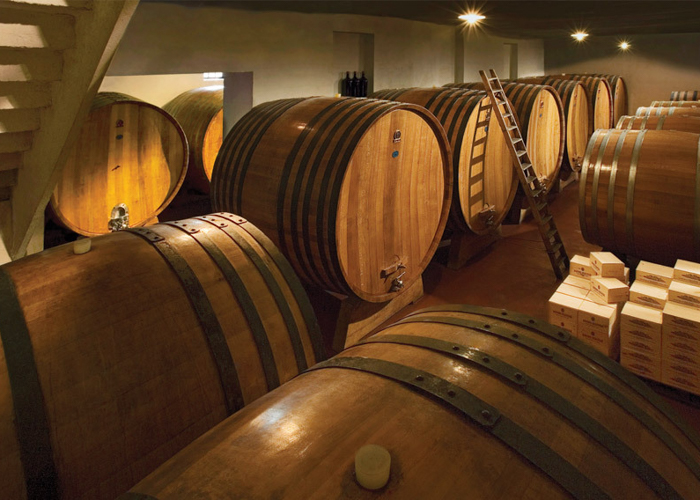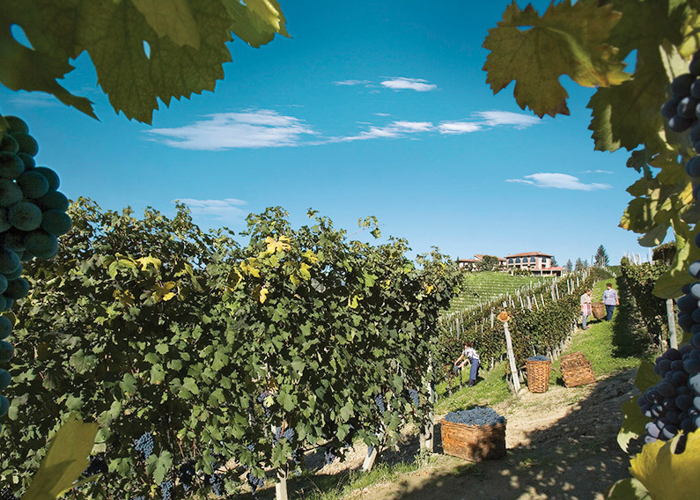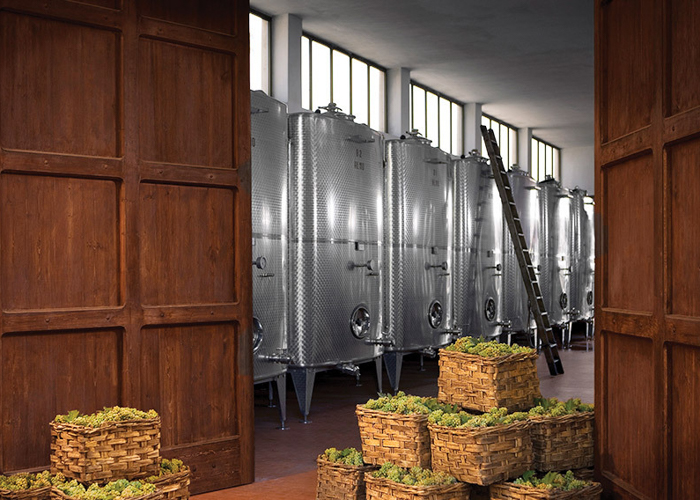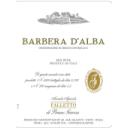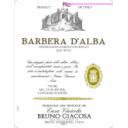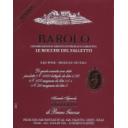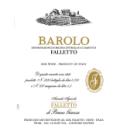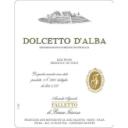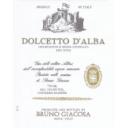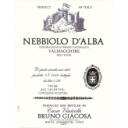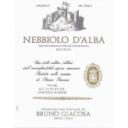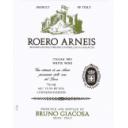Bruno Giacosa
One of the legendary winemakers of the world, Bruno Giacosa crafted the most prestigious single-vineyard Barolo and Barbaresco wines during a career that spanned nearly eight decades. He joined the family business at the age of 15, representing the third generation of his Langhe winemaking family. Giacosa’s unfailing pursuit of perfection, his unrivaled palate and his intimate knowledge of vineyards in the Langhe quickly drew recognition and helped establish Piedmont as a leading wine region. In 1980, Giacosa began to acquire prime parcels in Serralunga d’Alba, La Morra and Barbaresco to produce wines that are rightly regarded as the finest expressions of Nebbiolo. His legacy rests with daughter Bruna, who continues to uphold her father’s winemaking philosophy to respect traditional techniques while using the best of modern technology. The goal is for each distinguished site to produce articulate, unique wines.
Born in Neive in 1929, Bruno spent virtually his entire life in wine, beginning to work in the cellar with his father Mario and grandfather Carlo at the age of thirteen and becoming fully employed in the family business two years later. Bruno therefore learned how to make great Barolo and Barbaresco—and fine Barbera and Dolcetto as well—from his father and grandfather, rather than in enology school. He learned important lessons from them, not the least of which was how to select fruit. This particular talent was always of paramount importance to him. Bruno Giacosa’s 2018 death robbed the world of one of its greatest winemakers. However, his daughter Bruna, working with his longtime enologist and protegé, Dante Scaglione, has continued her father’s important work. Her commitment assures us that the Giacosa name on a bottle of Barolo or Barbaresco denotes both highest quality and true vineyard expression.
The Iconic Red Labels
For many, the red label riserva Barolos and Barbarescos made by Giacosa are the equal of any red wine made in the world. He made them only a few times a decade, and they are not only fantastically complex, rich, powerful wines capable of decades of development; they are also endowed with that rare and magical sense of extra dimension found only in the greatest wines. So high were Bruno Giacosa’s standards that, over the decades, he deemed relatively few wines worthy of wearing the red label. As a consequence, his more typical white label releases often offer such soaring quality that we find ourselves asking why they weren’t given red labels. In such cases, the difference in quality may have been known only to Giacosa himself.
Giacosa is nearly as famous for his modesty as for the surreal character of his wines. As his legend grew, many writers made the pilgrimage to the Giacosa cantina in Neive eager to learn the details behind his wines. But they usually only received the simple response that he was a traditionalist. Giacosa always preferred to let his wines do the talking. “Winemaking involves a great many small decisions, each affecting the next. One can only hope to get them right, to capture what there was in the grapes to begin with” is what he told Gerald Asher in the early ’90s; this was about as far as he would go at the time in articulating his methods. Giacosa was somewhat more detailed in describing his approach in later years, yet what he revealed is not substantially different from what other producers do. The key elements in his work were a two- to three-week fermentation in stainless steel at moderate temperatures followed by three to four years aging in French oak botti. Surely, as with an Henri Jayer or Gerard Chave, the answer to what makes a Bruno Giacosa wine so extraordinary was contained within the man himself.
